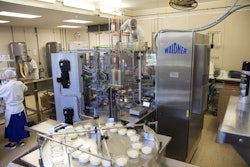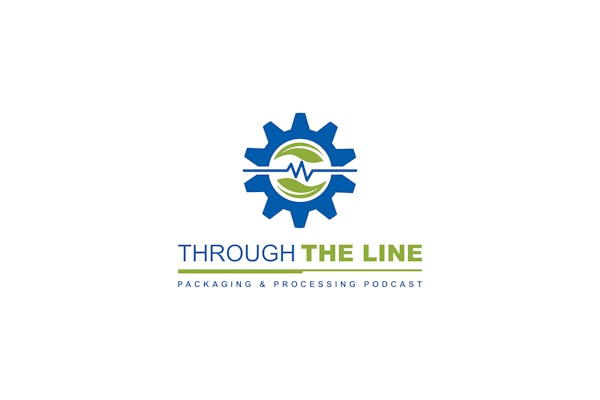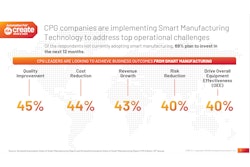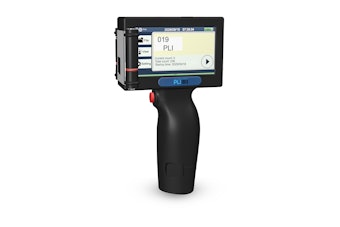
A new report forecasts rigid plastic packaging sales will grow 4.2% per year during the 2019 to 2024 time frame.
The rigid plastic packaging industry is reacting to new challenges, including competition from innovative flexible packaging designs and new markets in transition economies . That’s according to "The Future of Rigid Plastic Packaging to 2024," a new report from Smithers Pira, that forecasts rigid plastic packaging sales will grow from a projected $181.1 billion in 2019 at an annual rate of 4.2% to reach $222.4 billion in 2024.
The report identifies the following key drivers and trends for the rigid plastic packaging industry:
- Lifestyle and social influences: Lifestyle and social influences are driving consumer demand for convenience products packed in rigid plastic packaging.
- Cost and availability of materials: The cost and availability of standard thermoplastics has a major impact on the profit margins of rigid plastic packaging processors.
- Rigid plastics replace traditional packaging materials: Rigid plastic packaging will continue to benefit from the drive by brands to replace materials like glass and metal with lightweight, cost-effective, and high-performance plastic materials in various markets.
- Rigid plastic packaging challenged by flexibles: Flexible packaging has gradually taken market share from rigid plastic packaging formats in many different end-use applications.
- Sustainable packaging: Brand owners and retailers are responding to consumer demand for more sustainable packaging to reduce the environmental impact of packaging.
- Consumer concern about food waste and food safety: The packaging industry has introduced various active and intelligent packaging technologies in response to this concern.
- Regulatory developments for packaging and packaging waste: The European Union has introduced regulations in relation to food contact, recycling of packaging waste, and greater use of recycled plastics in product packaging. PW


























